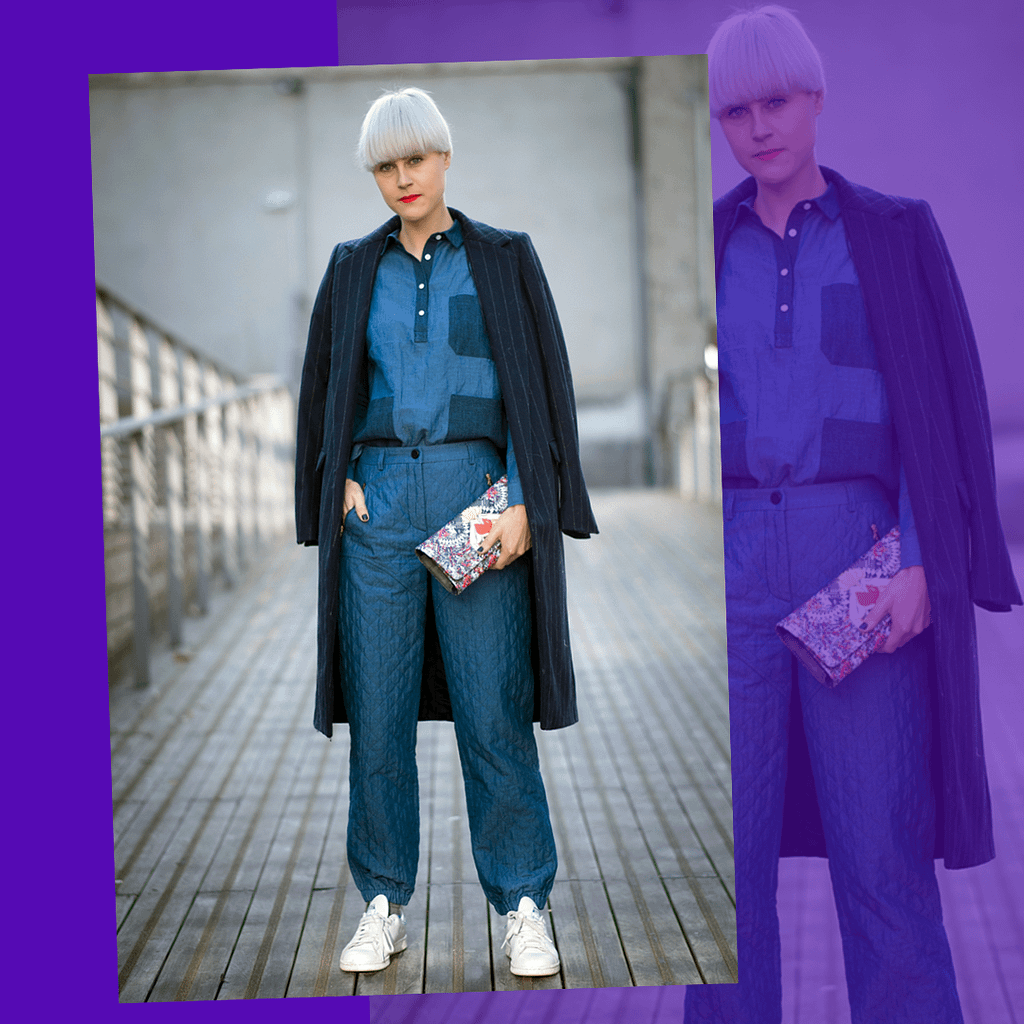Eco-style is a fashion approach focused on sustainability, environmental responsibility, and ethical production
It promotes the use of natural materials and conscious consumption
Key features include
Use of organic, recycled, or upcycled fabrics like organic cotton, hemp, or recycled polyester
Simple, timeless designs that reduce waste
Neutral, earthy color palettes such as greens, browns, and beiges
Support for fair trade and ethical manufacturing practices
Emphasis on durability and slow fashion rather than fast trends
Eco-style celebrates respect for the environment, mindful choices, and a commitment to a greener future
4.1-mini












































